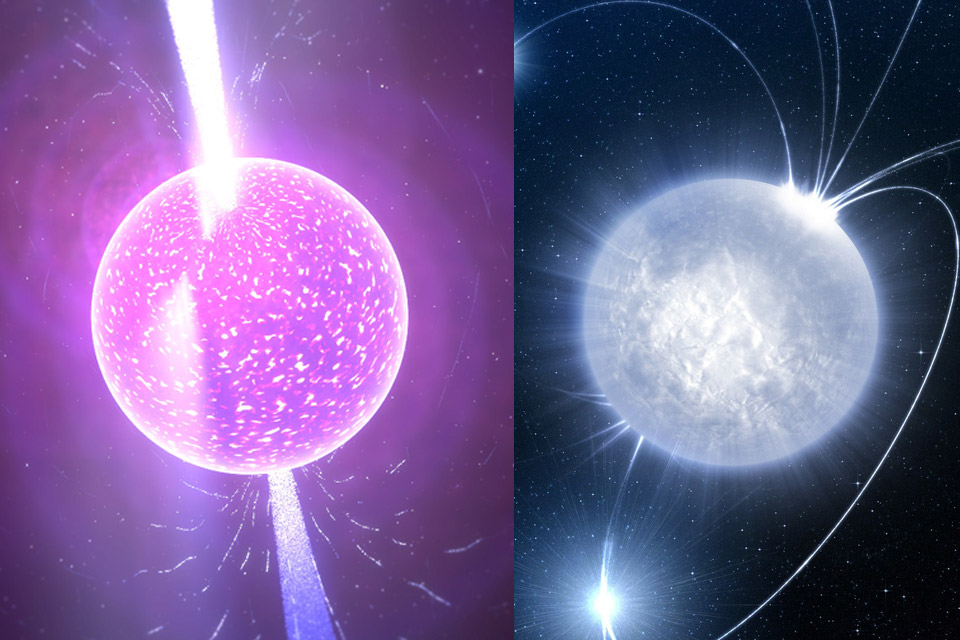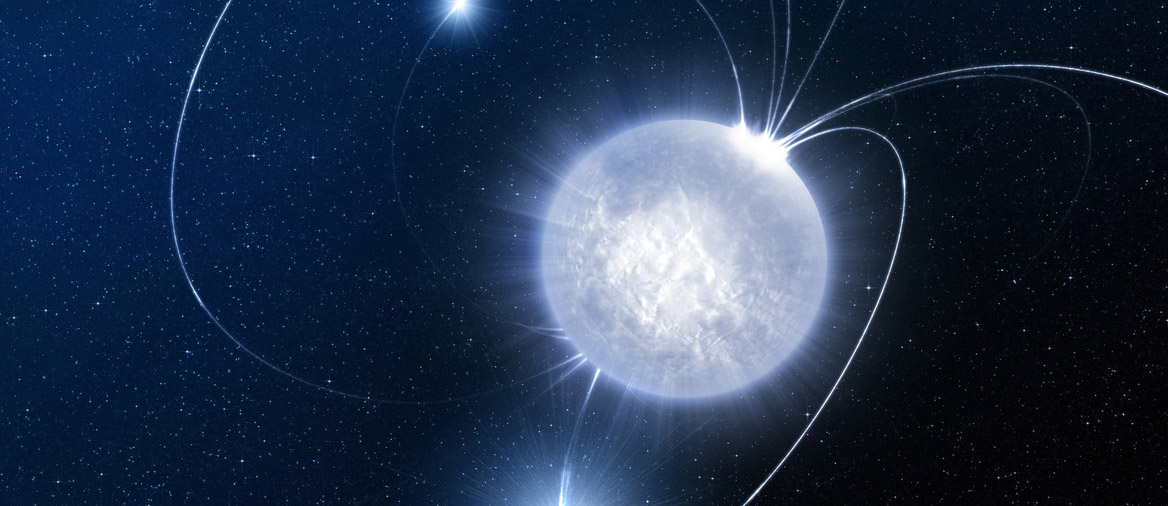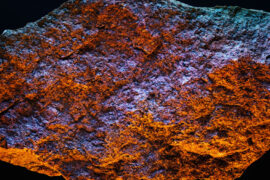Classifying stellar objects can be tricky. There are billions and billions of stars out there in the universe and every single one of them has different characteristics and environments. And that’s not it. Astronomers have to categorize them using very little information because, well, they are very far away and the data we can get is limited.
As a result, differentiating between these categories and figuring out the exact features that make an object fall into one category or another can get confusing. Especially if you are not an expert in the subject.
Pulsars and neutron stars are two of these objects. In this article, we’ll compare them and figure out their differences and similarities.
What is a neutron star?
A neutron star is strictly speaking not even a star. That’s where the confusion starts.
Neutron stars are the remaining core of a supergiant star (also called massive stars). These are stars that are at least 10 times bigger than the Sun, but some of them can be hundreds of times bigger, like Betelgeuse located in the Orion constellation.
When these stars die, they don’t do it quietly. They go out in a very violent explosion called a supernova which can be as bright as a whole galaxy.
After the supernova, the core of the star remains, but the mass of the star was so big that it causes a gravitational collapse that compresses it to the level of atomic nuclei. And so a neutron star is born.
Neutron stars are very hot, but they no longer generate new heat, they’ll only cool down over time. This process can last theoretically between 10 and 100 billion years, however, some of the bigger neutron stars (25+ times the mass of the Sun) can collapse and form a black hole.
What is a pulsar?
Pulsars are neutron stars that rotate so fast (many times per second) that they generate an electric field that accelerates protons and electrons through their axis. These shoot out like a beam of electromagnetic radiation out of their poles.
Pulsars rotate so fast because even after the supernova, the momentum of the star remains, but since the resulting neutron star is many times smaller than the original massive star, it spins at a much faster rate.
The electromagnetic jet or beam that pulsars emit is what we can detect from Earth. From our point of view, it seems like they are being turned off and on again every few milliseconds like a pulse. Hence, the name.
If you want to get into the details of the origin of a pulsar, check out this article about what is a pulsar and how are they formed?
But wait. If a pulsar is a neutron star, then what is the difference?
Difference between pulsars and neutron stars.

All pulsars are neutron stars, but not all neutron stars are pulsars.
Pulsars are just one sub-category out of three possible types of neutron stars. The types of neutron stars are:
- Pulsars
- Magnetars
- Pulsar+magnetar hybrids
- non-pulsating neutron stars
Magnetars are neutron stars with an extremely powerful magnetic field. This field powers a process through which magnetars emit x-rays and gamma rays.
The main difference between pulsars and the other types of neutron stars is the pulsating electromagnetic beam that pulsars emit out of their poles.
While almost all neutron stars emit this beam in some form, it is not as significant as in pulsars.
Summary
- Neutron stars are the remaining spinning cores of massive stars that exploded
- Pulsars are a type of neutron star that emit an electromagnetic beam from their poles
- The difference between pulsars and neutron stars is that other neutron stars don’t shoot a pulse (beam) as strong as pulsars.







